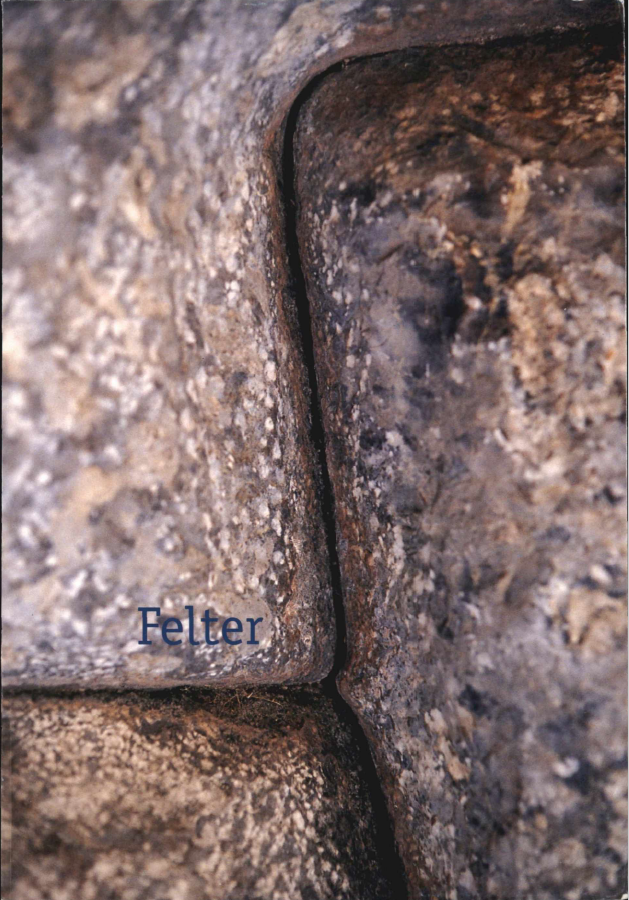RITUEL GESTUS: Kroppen som skala og som æstetisk form
DOI:
https://doi.org/10.7146/ta.v0i35-36.115267Resumé
Jørgen Østergård Andersen: Ritual
Gestures. The Body as Scale and as
Aesthetic Form
The article focuses on ritual gestures, and it
delineates a theoretical field of investigation,
which gives expression to aesthetic
practices, which are beyond - or rather,
intersticial zones in - the semantic domains.
It is argued that the ritual gestures generate a
contact with a sphere, which is termed
“sacred” in the anthropological tradition and
“sublime” in the aesthetic, philosophical
tradition. It is further argued that the aesthetic
field cannot be reduced to the social order
of semantic domains, since this would imply
a misrepresentation of the meaning of ritual
performances. The widespread contextual
signification of rituals in anthropological
debates and in ritual studies is therefore
challenged in the article, and it is argued that
such analyses do not give expression to the
meaning or structure of the rituals. Such
analysis, which merely describes the social
context of the ritual, puts an end to the theoretical
exploration into the singular meaning
of the ritual - even before the analysis of the
meaning gets under way. To illustrate these
points, the ahjaliputa gesture is decribed and
two “rites de passage” in Sri Lanka are
analysed: kota hålu (giris puberty rituals)
and upasampadå (monks higher ordination
rituals). The subtitle - the body as scale and
as aesthetic form - points to a further
argument in the article that the body is a
scale, which organises the semantic domains
in a hierarchy of concrete, material objects.
The aesthetic zones are found in such transitions
from object to domain and they imply a
transition from one scale to another. It is
argued that the ambiguity of ritual gestures
explores such intersticial zones.
Downloads
Publiceret
Citation/Eksport
Nummer
Sektion
Licens
Ophavsretten til artiklerne i Tidsskriftet Antropologi tilfalder forfatteren.
Artikler publiceret i Tidsskriftet Antropologi må citeres, downloades og videresendes for ikke-kommerciel brug, under forudsætning af normal akademisk reference til forfatter(e) samt tidsskrift, årgang, nummer og sider. Artiklerne må kun genudgives med eksplicit tilladelse fra forfatter(e) og tidsskriftet.


